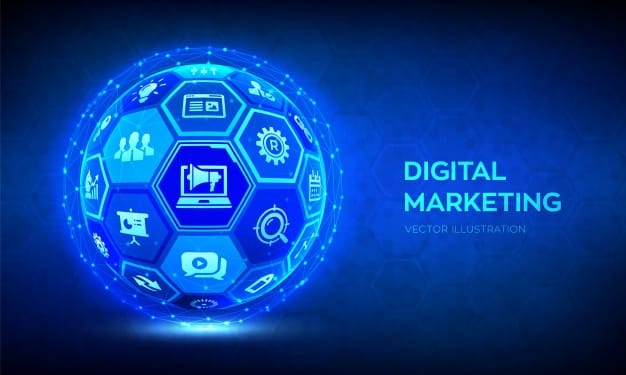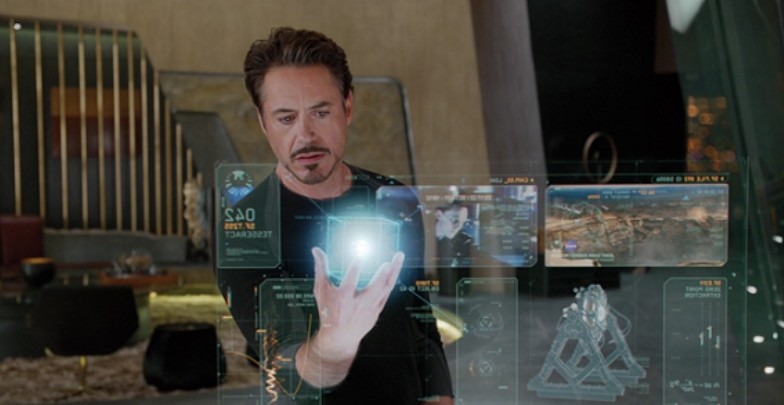By: Vignesh & Ritocheta
During the recently conducted Tokyo Olympics China ranked overall second in terms of gold medals and total count. While China has been one of the top performers for quite some time now, their performance this time was phenomenal and further probing shows them using some interesting methods to improve their performance..
China’s Olympic Rise and strategy
China’s rise in the Olympics is still one of the astonishing moments in Olympic history. Unlike India, China didn’t participate in the Olympics until 1984. Even though China gave its debut in that year they stunned the world by winning 32 medals out of which 15 were gold. The main reason for their success was the induction of sports like table tennis, badminton, judo, and various other games mainly popular in east Asia.
Secondly, China was not a wealthy nation as it is today. In the 70s and 80s, it was one of the poorest places on earth ravaged by famines and unemployment and was nicknamed ‘the sick man of Asia’ by the west. Hence, winning in the Olympics became more of a political statement than just a game for them and China did almost everything possible to win gold in the Olympics.
They started their training from a very young age, invested a lot in funding the sports and instilled the feeling of nationalism in the minds of the Chinese. Most importantly, they used technology to boost their performance which made all the difference.
China’s tech help
The early 2000s were a period of technological boom for the world. Since the Chinese adopted technology into their system they benefited a lot from it. During this time they used the internet as a means to learn how the west trained their athletes and copied all their techniques. They also upgraded their tech and how it was applied to further uplift their performance.
But, these were things that every country serious about winning medals did.This year however, China made the headlines because they did something that the world did not expect. Historically China is not a country that dominates in diving and gymnastics. So in order to improve themselves they used aerospace technology.
Using that military technology for athletes was an out-of-the-world strategy. To help the swimmers refine their technique, they used the same technology that is used to enhance the design of military aircrafts for the similar purpose of reducing air drag. The scientists made a miniature version of this technology so as to suit the swimmers and they were made to sit in a wind tunnel and simulated swimming against the wind while the scientists extracted the exact details on areas of improvement. Similar wind tunnels were also made to help athletes in rowing and gymnastics.
These techniques however, are not well accepted by the West and other countries and often criticized for being inhumane practices to win. They call the use of technology ‘technological doping’. In the past, China had a bad track record of doping which has already ruined their image on the international platforms. But this time China is not worried since they see technology as an aiding factor that the west envies considering they neither use any of these techniques nor are they planning to do so in near future.
What can India learn?
The biggest issue that was raised after the Tokyo Olympic is the fact that most Indians are presently so focused on academics that sports take a backseat in most of their lives. Unless a child is exceptionally good in sports parents have a tendency to push them towards the general academic stream instead of honing the skill of the sportsmen as the former is a safer career option considering the highs in sports are incredibly high and lows are heart-breaking . This results in only a few people finally getting into the sports field as an adult and the ones who might have reached high levels of success in due time with practice never get the opportunity to do so.
India’s military is the world’s fourth strongest and the main reason behind this is their intensive training and discipline. Without even the direct application of technology as done in China, usage of some of the military training techniques while training athletes will lead to increase of their endurance and technique and uplift their performance in tournaments while the strict routine and discipline of military life will also make them more focused, diligent and determined to do better. The military is one of our biggest assets and using their lifestyle and training techniques will go a long way in boosting India’s performance in the Olympics.
As seen, the usage of technology has led to China now becoming the Olympic powerhouse and even though people are against the idea as it undermines the natural talent of the athlete, one cannot deny that it can improve a person’s technique. And implementing similar techniques in an optimal manner will help India achieve great heights in sports in the long run.









